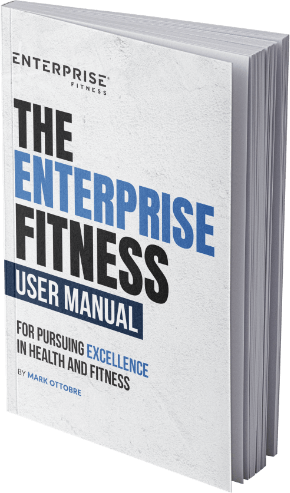In this video, Mark will show a live assessment, discussing tips and the tools in order to assess a client properly.
Plank Position and Stability
The plank is more than just holding a static pose; it’s about generating stability throughout the body. Mark explains that to create this stability, certain key elements must be in place: the hips should be posteriorly tilted, the ribs should be aligned directly above the pelvis, and the abdominal muscles should be actively engaged. This position is essential for teaching clients how to stabilize their bodies effectively.
Three Hubs of Stability
Mark introduces the concept of the three hubs of stability: the pelvis, spine, and scapula. He stresses that for true stability, all three hubs must be engaged and function in unison. The plank exercise is particularly effective for training clients to engage these stability hubs. By mastering the plank, clients can improve their overall body control and stability, which is crucial for more complex movements and exercises.
Scapular Health and Articulation
Mark delves into the importance of scapular health for overall shoulder stability and function. A healthy scapula should move freely and articulate without restriction or “winging.” Winging scapulae can indicate weakness or poor articulation, potentially leading to shoulder instability and compromised movement patterns. Exercises such as planks and push-ups are excellent for enhancing scapular articulation and strength, promoting better shoulder health.
Assessing Scapular Health
To assess scapular health, Mark suggests looking for signs of winging, which can reveal weaknesses or issues in scapular movement. Proper assessment helps identify potential problems with shoulder stability and movement patterns. Mark emphasizes the significance of end-range protraction – the ability to extend the scapula forward at the end of a push-up or similar movement. This end-range motion is crucial for scapular stability and overall athletic performance.
Integrating Stability and Movement Patterns
Mark highlights the need for all three hubs (pelvis, spine, and scapula) to work together to create stability and improve movement patterns. Exercises like the plank and push-ups are instrumental in developing this integrated stability. By regularly assessing scapular health and focusing on end-range protraction, trainers can identify potential issues early and address them, leading to better overall movement patterns and enhanced performance.
In conclusion, Mark’s comprehensive approach to client assessment and stability training offers a robust framework for improving shoulder health and overall body stability. By incorporating these techniques, trainers can help their clients achieve greater control, strength, and performance in their fitness routines.
Follow us for more tips about being a personal trainer, or visit: https://enterprisefitnessacademy.com/





